This article was co-authored by Kathi Burns, CPO® and by wikiHow staff writer, Amber Crain. Kathi Burns is a board certified Professional Organizer (CPO) and Founder of Organized and Energized!, her consulting business with a mission to empower people to master their environment and personal image by assisting them in taking control, making change and organizing their lives. Kathi has over 17 years of organizing experience and her work has been featured on Better Homes and Gardens, NBC News, Good Morning America, and Entrepreneur. She has a BS in Communication from Ohio University.
There are 11 references cited in this article, which can be found at the bottom of the page.
This article has been viewed 39,023 times.
Most jackets are susceptible to shedding, but that doesn't make it any less annoying! Luckily, you can minimize shedding by handling, washing, and storing your jacket properly. It also helps to have a second jacket in rotation so you can alternate them, but if a second jacket isn't in your budget, no biggie! Stick to the tips on proper care and you'll be good to go.
Steps
Fleece
-
1Turn the jacket inside out to wash it and use the gentle cycle. Agitation causes shedding, so turn your jacket inside out before loading it in the wash and use the "gentle" or "delicate" setting with cold water. Wash the jacket by itself since rubbing up against other fabrics, especially fabrics that produce lint, can make shedding worse.[1]
- Use mild powder laundry detergent for this! Avoid strong detergents, bleach, and liquid fabric softener.[2] To prevent detergent residue, mix the powder with a little water before adding it to the machine.[3]
- Hot water can damage and loosen fleece fibers, so stick with cold water.[4]
- If you prefer, handwash the jacket to avoid agitation from the washing machine.
-
2Avoid machine drying your fleece jacket. Heat from your dryer can damage fleece fibers and the tumble-dry setting creates friction that causes shedding. To avoid that, hang up your jacket to air-dry.[5]
- Never iron a fleece jacket since the heat can cause the fibers to degrade.[6]
Advertisement -
3Store the jacket in a dust-free and friction-free area to preserve it. Dust tends to collect in fleece fibers, so hang up the jacket by itself in a protected area, like a closet. Place the jacket where it can hang by itself so it won't rub up against other materials.[7]
- If you’re putting the jacket into long-term storage, consider using a garment bag or putting the jacket in a drawer by itself. The bag protects the jacket from dust and fleece-munching moths.[8]
-
4Cut away shedding and pilling with a fabric shaver or disposable razor. Quickly and easily get rid of lint and shedding by running a fabric shaver over the surface of the jacket. Be gentle! After shaving the fabric, run a lint roller over the jacket to remove any pesky remains.[9]
- If you don’t have a fabric shaver, a regular disposable razor works, too.
-
5Limit how often you wear your jacket so you don't stress the fabric. Your best bet is to have 1-2 other jackets that you can rotate with your fleece jacket so you aren’t wearing it every day. There are no strict rules for how often you can wear fleece, but the more you wear it, the more friction it's exposed to and the more shedding you’ll experience.[10]
- Frequent wearing also means you have to wash it more often to keep it clean, and washing can cause shedding.
- Layering another jacket on top of your fleece jacket can protect it from getting dirty when you’re out in the elements.
Down
-
1Inspect the interior and push any leaking feathers back into the liner. If you spot any feathers sticking out of the jacket, resist the urge to pull them out! Repeatedly pulling out feathers can deplete the jacket’s filling. Poke the feathers back into the jacket with your finger.[11]
-
2Close any tears or damaged areas with a needle and thread. If your down jacket's liner is shedding feathers, you probably have a small tear, rip, or loose seam. Once you locate the damaged area, hand-sew the opening closed with a needle and thread. Use small, tight stitches to keep the feathers inside.[12]
- If the seams have large stitches, consider hand-stitching over them with tighter stitches to prevent feathers from coming out.
-
3Patch up the tear with Scotch tape for a temporary fix. In a pinch, you can cover the damaged area with a piece of Scotch tape or painters tape until you get a chance to properly mend it. For a more permanent solution, patch it with a piece of duct tape.[13]
- Since duct tape is super sticky, it will probably cause more damage if you try to pull it off later. It's best to just leave duct tape in place if you use it.
- Applying a patch can also work in a pinch. Cut the patch in an oval shape or curve the edges to prevent additional damage.
-
4Spray the interior liner of your jacket with hairspray for a quick fix. Expose the jacket’s liner and coat the material thoroughly with regular hairspray. The hairspray seals the liner and keeps the feathers inside. Be sure to let the hairspray dry completely before you put the jacket back on.[14]
-
5Limit washings and follow the care label’s instructions. Frequent washing can stress the seams of the jacket and cause shedding. Limit how often you wash the jacket to 1-2 times a year to keep the liner strong. Since every down jacket is different, check the care label for instructions when it's time to wash it.[15]
- If the label is missing or you feel nervous about washing the jacket yourself, take it to a dry cleaner instead. The peace of mind might be worth it!
-
6Pop the jacket in your dryer to fluff the feathers and prevent shedding. If your down jacket is shedding a lot and looks a bit limp, put it in your dryer with a few tennis balls. Use the lowest heat setting and let it run for just a few minutes. The heat expands and fluffs the feathers so they’re less likely to leak.[16]
-
7Sew a second lining into your jacket for a permanent solution. Use the jacket as a template to measure the new liner pieces. Mark the measurements on the liner fabric, cut the pieces out, and sew them together with the right sides facing each other. Remember to use tiny stitches! Then, sew the second lining into the jacket with a sewing machine or by hand using a whip stitch.[17]
- If you know how to sew, this can pretty much solve the shedding issue altogether.
Real and Faux Fur
-
1Treat your fur gently so it’s exposed to as little friction as possible. Since friction causes fur to shed, try to avoid it when you’re wearing the jacket. When you hang the fur up in your closet, isolate it from the other garments so it isn’t rubbing up against them.[18]
- For example, take the jacket off before you sit down so the fur isn’t rubbing against your chair. Your purse strap can also cause friction.
-
2Apply perfume and hairspray before you put on your fur jacket. Chemical sprays cause fur to get dry and brittle quickly, and brittle fur tends to break and shed. Apply your scents and sprays before you put on your fur jacket, or take the jacket off if you need to reapply anything.[19]
- Wait for the spray to dry completely before putting the jacket back on.
-
3Brush faux fur weekly to prevent buildup and tangles. You don't have to do this when the jacket is in storage, but it's a great idea in the winter when you're wearing your jacket a lot. Run a firm bristle brush or pet hair brush in the direction of the fur once a week to prevent matting and get rid of tangles.[20]
-
4Put your fur in a cool, dark place to protect it during long-term storage. Exposure to sunlight can loosen the fur and change its color, so hang it up in a dark, cool place away from humidity. Real fear is quite an investment, so a specialized temperature, humidity, and light-controlled storage facility is the safest option.[21]
- If you’re storing your fur in a closet, avoid cedar closets. Cedar doesn't protect fur from dust, dirt, or insect damage.
- Never store real fur inside of a plastic bag, especially a dry cleaning bag. Instead, invest in a linen cloth garment bag, which will help preserve and protect the coat.[22]
-
5Keep mothballs out of your storage space to prevent damage. Moth balls react with moisture in the air to create a harmful chemical gas that can damage fur beyond repair. The gas also smells pretty awful and the unpleasant odor is tough to remove![23]
-
6Take your jacket to a fur professional to get it cleaned. Don’t attempt to clean real or faux fur on your own. If you have a faux fur jacket, take it to a dry cleaner for a cleaning.[24] Avoid dry cleaners if you have real fur, though—the chemicals they use dry out real fur. Instead, take it to a fur professional when it's time for cleaning.[25]
Expert Q&A
Did you know you can get expert answers for this article?
Unlock expert answers by supporting wikiHow
-
QuestionHow should I store a fur coat?
 Kathi Burns, CPO®Kathi Burns is a board certified Professional Organizer (CPO) and Founder of Organized and Energized!, her consulting business with a mission to empower people to master their environment and personal image by assisting them in taking control, making change and organizing their lives. Kathi has over 17 years of organizing experience and her work has been featured on Better Homes and Gardens, NBC News, Good Morning America, and Entrepreneur. She has a BS in Communication from Ohio University.
Kathi Burns, CPO®Kathi Burns is a board certified Professional Organizer (CPO) and Founder of Organized and Energized!, her consulting business with a mission to empower people to master their environment and personal image by assisting them in taking control, making change and organizing their lives. Kathi has over 17 years of organizing experience and her work has been featured on Better Homes and Gardens, NBC News, Good Morning America, and Entrepreneur. She has a BS in Communication from Ohio University.
Board Certified Professional Organizer
Warnings
- If you aren't sure how to wash your jacket, take it to a professional cleaner.⧼thumbs_response⧽
- When you put the jacket in long-term storage, don't put it next to other garments. Rubbing up against other fabrics creates friction that causes shedding.⧼thumbs_response⧽
References
- ↑ https://survival-mastery.com/skills/camp/wash-fleece-jacket.html
- ↑ https://oureverydaylife.com/how-to-keep-a-fleece-lined-jacket-from-shedding-9763428.html
- ↑ https://survival-mastery.com/skills/camp/wash-fleece-jacket.html
- ↑ https://hikingmastery.com/diy/how-to-wash-fleece-jacket.html
- ↑ https://oureverydaylife.com/how-to-keep-a-fleece-lined-jacket-from-shedding-9763428.html
- ↑ https://hikingmastery.com/diy/how-to-wash-fleece-jacket.html
- ↑ https://survival-mastery.com/skills/camp/wash-fleece-jacket.html
- ↑ https://oureverydaylife.com/how-to-keep-a-fleece-lined-jacket-from-shedding-9763428.html
- ↑ https://survival-mastery.com/skills/camp/wash-fleece-jacket.html
- ↑ https://hikingmastery.com/diy/how-to-wash-fleece-jacket.html
- ↑ https://www.outdoorresearch.com/blog/article/how-to-care-for-a-down-jacket-so-it-lasts-longer
- ↑ https://oureverydaylife.com/how-to-keep-a-goose-down-and-feather-jacket-from-shedding-12601325.html
- ↑ https://www.outdoorresearch.com/blog/article/how-to-care-for-a-down-jacket-so-it-lasts-longer
- ↑ https://www.youtube.com/watch?v=l94U9rZ0U9A&feature=youtu.be&t=16
- ↑ https://www.outdoorresearch.com/blog/article/how-to-care-for-a-down-jacket-so-it-lasts-longer
- ↑ https://oureverydaylife.com/how-to-keep-a-goose-down-and-feather-jacket-from-shedding-12601325.html
- ↑ https://oureverydaylife.com/how-to-keep-a-goose-down-and-feather-jacket-from-shedding-12601325.html
- ↑ http://denverleather.net/blog/13230/How-to-Keep-Fur-Coats-in-Denver-From-Shedding
- ↑ http://denverleather.net/blog/13230/How-to-Keep-Fur-Coats-in-Denver-From-Shedding
- ↑ https://www.cosmopolitan.com/uk/fashion/style/a46463/how-to-clean-faux-fur-collars-coats-bobbles/
- ↑ https://www.fur.org/caring-for-your-fur/
- ↑ Kathi Burns, CPO®. Board Certified Professional Organizer. Expert Interview. 19 March 2020.
- ↑ https://www.fur.org/caring-for-your-fur/
- ↑ https://www.vogue.co.uk/article/how-to-clean-faux-fur
- ↑ http://denverleather.net/blog/13230/How-to-Keep-Fur-Coats-in-Denver-From-Shedding

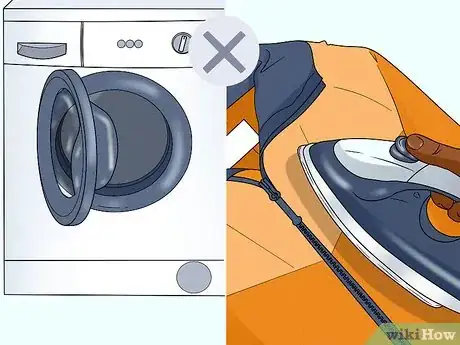



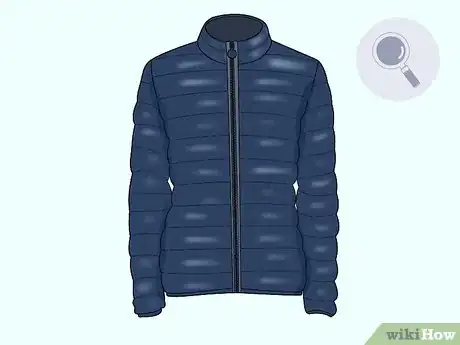
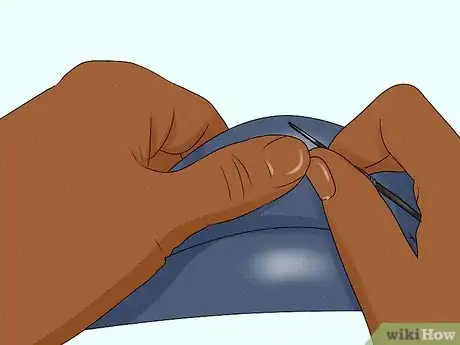
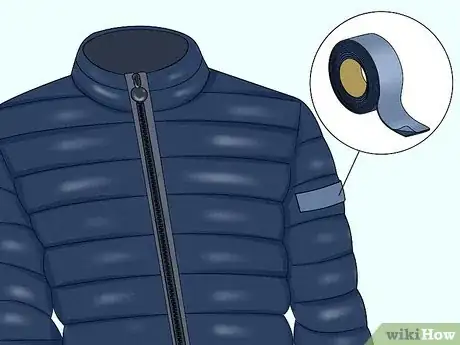
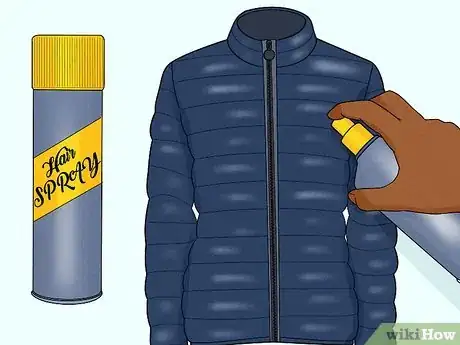
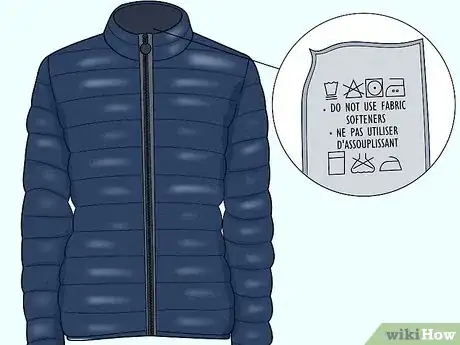

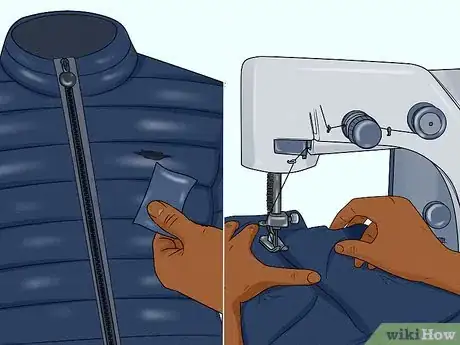
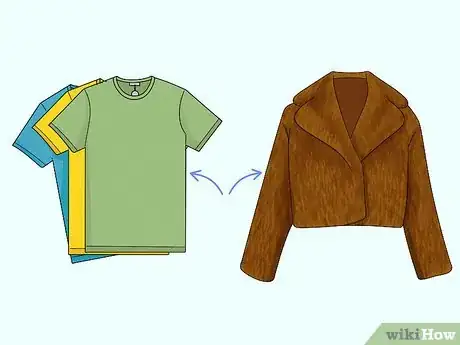



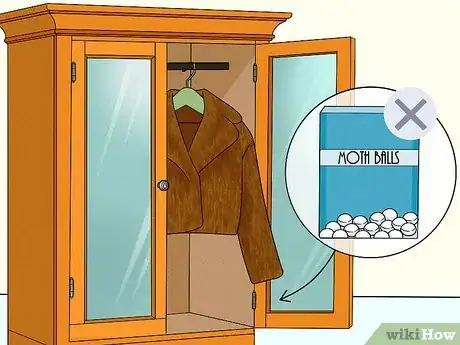







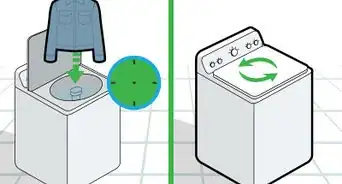
-Step-13.webp)














































